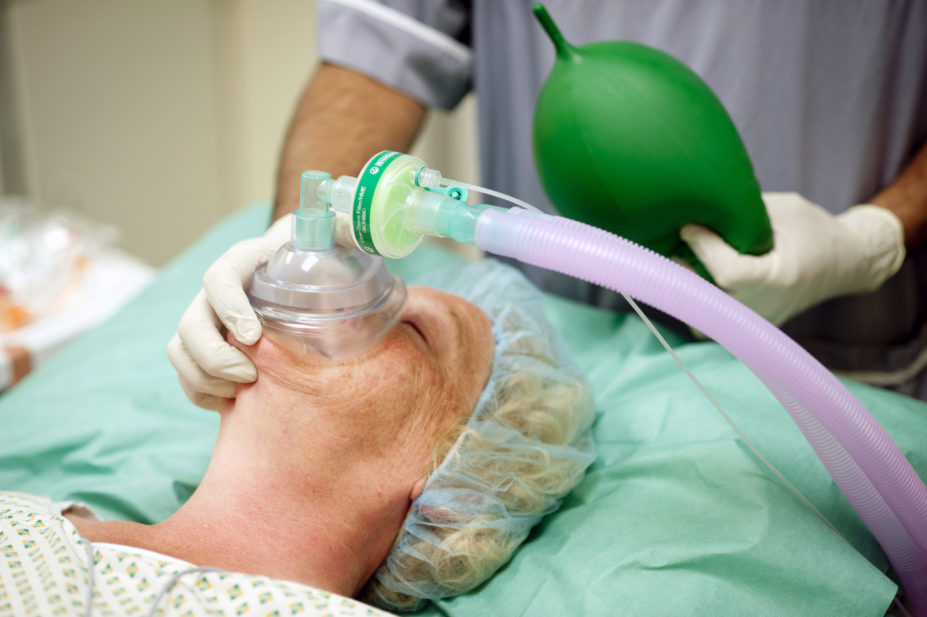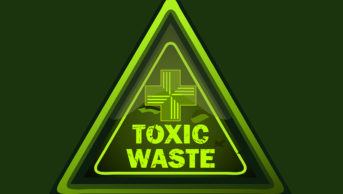
Jim Varney / Science Photo Library
NHS England has already successfully reduced its use of the anaesthetic gas desflurane to below 10% of all volatile gas use, with some hospitals eliminating its use completely, six months earlier than target.
Minutes from an NHS England and NHS Improvement board meeting, held on 30 September 2021, reveal that the use of desflurane by NHS trusts in England is now at an average of 9.5% of all volatile gases by volume.
It was also noted during the meeting that the proportion of desflurane usage has continued to decline, with well over 50% of NHS trusts hitting their 10% target, and 40 going further and eliminating the use of desflurane altogether.
Desflurane is one of the most carbon intensive medicines available, with a much higher global warming potential than its clinical equivalent, sevoflurane. Carbon dioxide equivalent values for 1 minimal alveolar concentration (MAC) hour at 2L fresh gas flow are 6,980g for sevoflurane and 187,186g for desflurane.
As part of its efforts to reduce emissions across the board, the NHS targeted a reduction from 20% in 2020/2021 to 10% in 2021/2022 across all its providers.
The minutes attributed the successful reduction in desflurane use “to the efforts” of trusts, theatre staff and anaesthetists, and the Royal College of Anaesthetists and Association of Anaesthetists.
In June 2021, NHS England said that “significant progress” had been made up to April 2021, with total use of desflurane as a percentage of all volatile gas use by volume at 10.3% in 2020/2021, compared to a baseline of 23.1% in 2018/2019.
Medicines account for 25% of total NHS carbon emissions, with inhalers and anaesthetic gases alone responsible for 5% of the NHS Carbon Footprint Plus — which includes emissions both directly and indirectly related to the NHS — with a reduction of 258 kilotonnes of carbon dioxide equivalent (ktCO2e) expected in 2021/2022 from medicines across the NHS.
The NHS England and Improvement meeting minutes said that they were “on track” to meet the net zero ambitions it outlined in October 2020, with a total emissions reduction of 1,260 ktCO2e expected in 2021/2022 on a total output of 6.1 MtCO2e.


